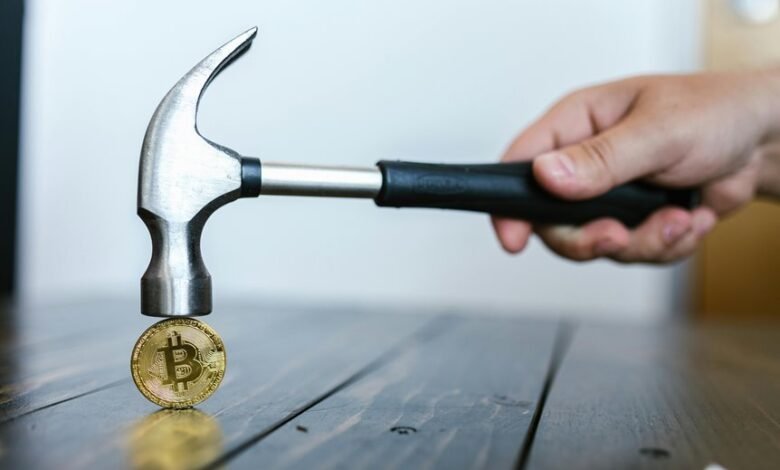Pornocsrioc: O Impacto do Código no Mercado Legal

Pornocrisic is reshaping the legal landscape surrounding adult content. As creators struggle with unauthorized distribution, traditional intellectual property rights are increasingly challenged. This situation raises critical questions about consent and privacy in a digital age. Additionally, the rapid evolution of technology complicates regulatory efforts. Understanding these dynamics is essential to navigate the complexities of this burgeoning industry, suggesting a need for adaptive legal frameworks that might redefine existing norms. What implications will this have for the future?
The Intersection of Pornography and Legal Frameworks
While the intersection of pornography and legal frameworks can often appear contentious, it remains a critical area of examination within legal studies.
Consent laws shape the ethical landscape of adult content creation, emphasizing the importance of informed agreement.
Additionally, issues surrounding digital privacy are paramount, as advancements in technology challenge existing regulations, necessitating a reevaluation of protections for both creators and consumers in this evolving domain.
Intellectual Property Rights in the Age of Pornocrisic
The rapid growth of the pornocrisic industry has significantly transformed the landscape of intellectual property rights, presenting unique challenges and opportunities.
Copyright implications arise as creators navigate ownership in an environment rife with unauthorized distribution.
Additionally, privacy concerns complicate the protection of personal identities, necessitating robust legal frameworks that balance creative freedom with the rights of individuals in this evolving digital age.
Challenges and Opportunities in Regulating Adult Content
As the adult content industry continues to evolve, regulators face an intricate web of challenges and opportunities that necessitate a nuanced approach.
Regulatory challenges include balancing free expression with public safety, while market opportunities arise from innovative business models and emerging technologies.
A strategic regulatory framework could harness these opportunities, fostering a safer environment for consumers and content creators alike, thus shaping a more resilient industry.
Conclusion
In conclusion, the rise of Pornocrisic has ushered in a legal quagmire, where the traditional boundaries of intellectual property rights are increasingly blurred. As creators grapple with unauthorized distribution, the need for robust regulatory frameworks becomes paramount. Like a double-edged sword, technological advancements offer both creative opportunities and significant challenges. Thus, ongoing dialogue among stakeholders is essential to forge a path that balances artistic freedom with the imperative of consumer protection and rights in this dynamic landscape.




